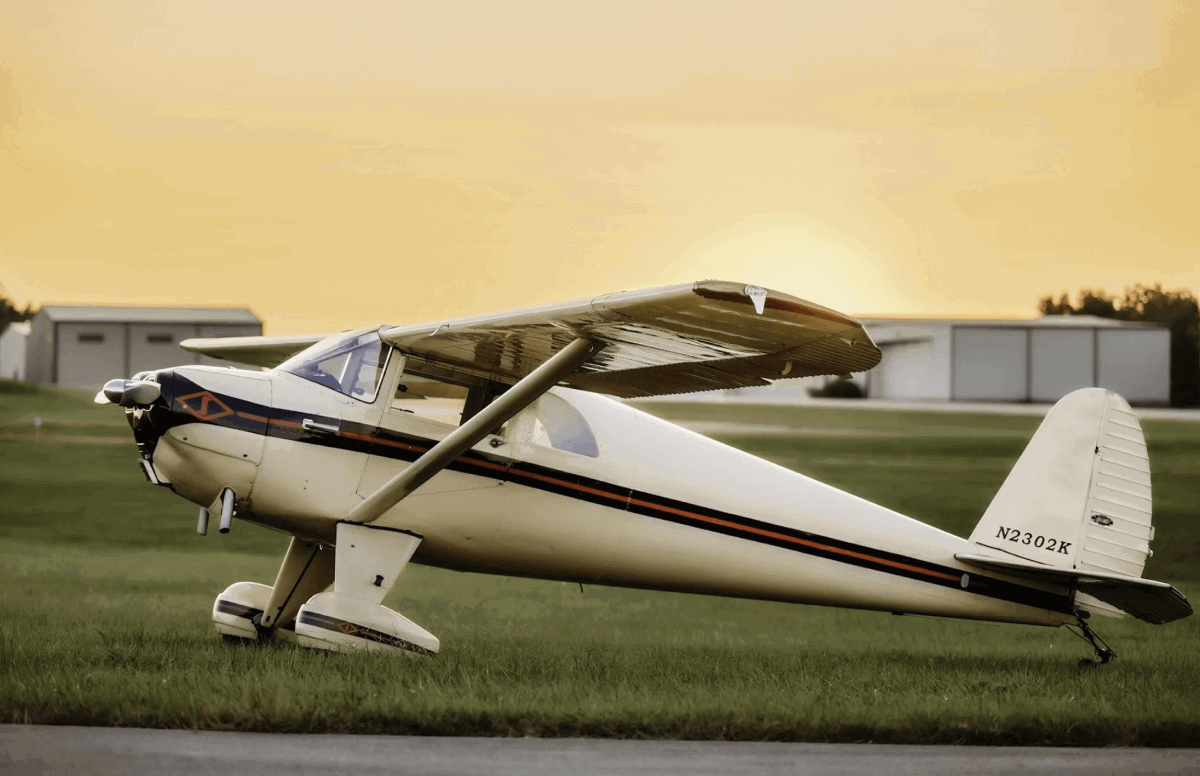
Given the unprecedented changes in the world right now—politically, economically, socially and medically—it’s tough to predict the future, really tough. Though it helps if we start with known quantities. Even then, our window to the future can only be so clear. Ask any meteorologist. The longer the forecast period, the more likely it is that unforeseen events will emerge to change the essence of what we know, or rather, what we thought we knew.
In November of 2008 I was sitting in a press conference the night before the National Business Aviation Association as a big aviation company presented its annual forecast about sales of turbine business aircraft over the next year, 10 years and 20 years. It’s interesting stuff only to aviation wonks, which I am, but that year, it was simply bizarre.
I wasn’t alone in that sense. My colleagues in the press, who would usually have been busy scribbling notes, were instead looking around at each other wide eyed in disbelief as the forecasters, who had done their research months prior, painted a rosy picture of the future, a future with lots of sales of thousands of jets and billions in growth.
Those of us in the audience knew it was nonsense. We were, if you hadn’t remarked upon the date, at the beginning of a historic market downturn, which many now refer to as the Global Economic Recession of 2008 or the Sub-Prime Economic Crisis. The presenters were working off of old data. The world had changed, yet they were married to the mountains of data they had spent the better part of the previous year collecting. The problem was, almost overnight, their data had been turned from gold to garbage. The world had changed without prior notice. Companies had stopped buying airplanes. The forecasters just hadn’t seen it coming. Few did. We had sailed right off of the edge of the known world and were face to face with scary dragons.
Now coronavirus. We didn’t see this one coming either, though I did warn a couple of months ago that we would be facing market disruption in all facets of aviation that were greater than people anticipated, 0r at least admitted out loud. The pain has been far greater than I had anticipated, too.
So knowing that unforeseen events might screw up everything we think we know, based on our best information, what will aviation look like in the future?
Well, here’s what we do know, and it’s a great start.
- The coronavirus pandemic will not be easy for the global medical community to find solutions to. We don’t know much about the virus, not even whether those who get it have immunity, or if they do, for how long they’ll have it. We have no vaccine, and those who know about such things say it could be a year or longer before we do. There’s no effective treatment for it, either.
- We’re in a hole. Though it’s not a good thing, near-term predictions are actually pretty easy to make because of the depths of the misery. Anyone who knows about deficits understands that climbing out of a hole is much harder and takes far longer than falling into one. We can predict with some confidence that this isn’t going away overnight.
- People are sheltering. In a previous column, I wrote about how surprised I was to see that even aviation fanatics seem disinclined to attend Oshkosh, the big airshow, which doesn’t get underway for a few months still. I’m right there with them. If there’s no proven vaccine by then, which is almost certain there won’t be, and if there’s no near-miracle treatment, I’m not going either. I don’t want to get sick, and “mild” cases of this are devastating and might have long-term impacts upon health. It would be the first OSH I’d missed in 30 years.
- The virus loves to travel by air. There’s no way the coronavirus would have spread around the world at the speed it did without people trotting the globe in big jets. People have stopped flying domestically—well, at least 80-90% of them have. International flying, which carries more risk to crews, passengers and populations, will be a sliver of a shadow of its former self for some time to come, with an effective, widely distributed vaccine the sure way for it to come back in any form resembling the recent past.
- GA will rebound sooner than that. Because the light piston-powered planes we fly are smaller, carry fewer passengers and don’t go so far as quickly as their turbine counterparts, we can reasonably expect our kind of flying to return to a level more resembling what we’ve come to think of as “normal” sooner than airline flying will. Still, in six months or even a year, will we be seeing 50% of the usual GA traffic return to the airways? It’s sad to say, but getting back to half would be a huge win.
- Flight training has suffered a severe blow. With the airlines not flying much, tens of thousands of pilots off the flight line, and the future uncertain for reasons mentioned above, flight training will be exceptionally hard hit. In part that’s because the airline jobs aren’t there right now, which will prevent many would be commercial pilots from starting airline pilot training programs, and in part it’s because the actual act of providing flight training is hazardous given the novel coronavirus’ mode of transmission.
- People will want to fly again. Going places is cool, so the airlines will bounce back. Flying planes is even cooler, so GA will survive, as well. But there could be lasting impacts on people’s willingness to leave the house in numbers or frequencies they once did, so even when things return to normal, the new normal could be a smaller version of what we knew a few short months ago.
Those are the things we know. Unforeseen things could happen that would change the sight picture for the better. We could, for instance, find a vaccine much more quickly than expected or discover a great treatment, one that’s safe and widely effective. Both of these things would dramatically change things for the better.
But neither has happened. There are, in fact, a lot of smart people who think a year to two years is the likely return to something resembling our previous levels of personal movement and economic normalcy.
So when will aviation be back to normal? As I said, it’s impossible to say for sure, but based on what we do know, it will probably be a while.
And how will pilots fare in the interim? That’s really the one thing I’m not worried about. Even if we can’t fly for a while or even if the world of aviation looks different when we do get back into the air, the passion that we pilots have for what we do is immune to this or any virus that might come our way.




